How Advanced Ads helped my site to grow to 40 MM page impressions
Thomas started a niche website about word games as a hobby in 2009. By the time he sold the website in early 2018, it had grown to over 40 MM page impressions per month. This kind of growth wouldn’t have been possible without monetization through ads and the plugin he built to help his less technical colleagues to increase the revenue – Advanced Ads.
Read the full interview to learn more about Thomas’ strategy to grow his site’s traffic and the team starting from 0.
“Now, my hobby had become a business”
Contents
Hey Thomas. What led to you starting an online business?
Thanks for asking. I originally studied languages and communication studies with an affinity for numbers and computers. After my first degree, I worked for an environmental organization, where I took a course in PHP to develop their website from scratch.
During my Master’s studies in history, I kept developing web-based projects for fun, mostly around languages and translations.
Shortly before finishing my studies in 2009, I was on vacation, playing Scrabble against my future wife. I had 7 “bad” letters and a feeling that there must be words I could build. The following evenings, I created a search engine that used a simple dictionary to find all words one can form from given letters.
Since I found it helpful and wanted to share it with others, I published this tool for a German audience under wort-suchen.de.
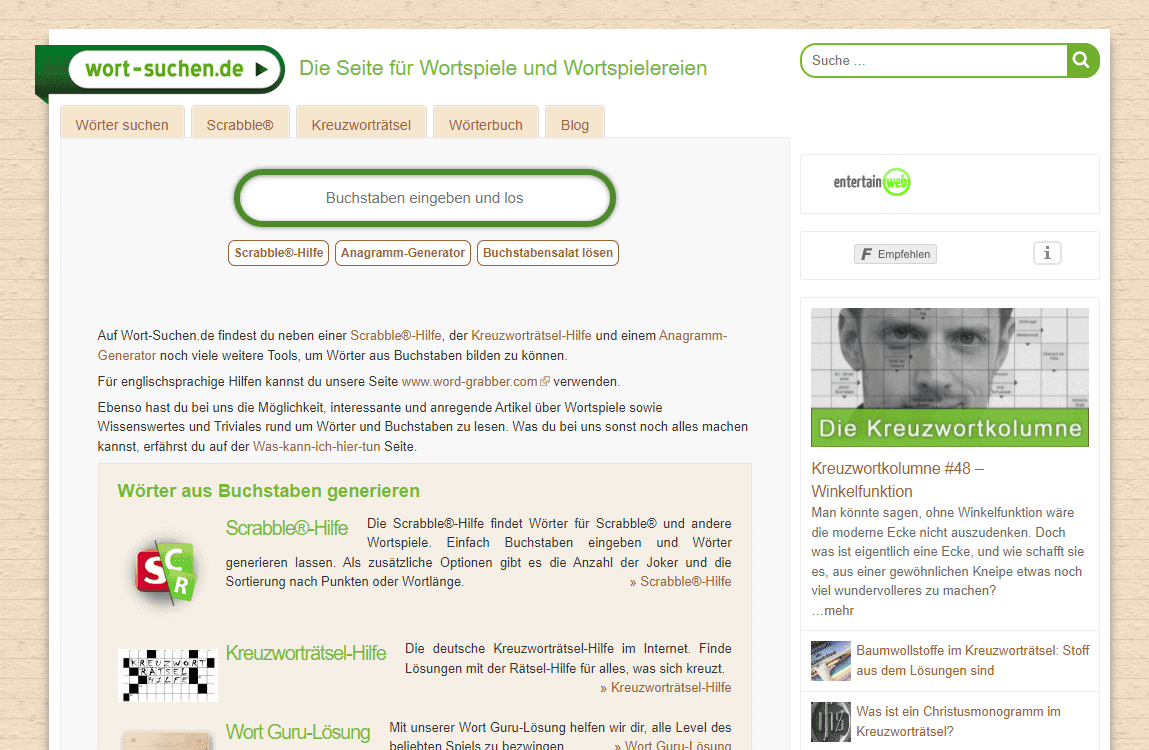
I had no idea of online businesses and didn’t think that this tool was ever becoming popular back then. Time proved me wrong. Despite little SEO, the tool gained popularity. I noticed this only one or two years after publishing the site that there were over one million page impressions per month.
The initial success motivated me to work on the site’s features, layout, and content. It was also when I first added an AdSense banner. Now, my hobby had become a business, though I couldn’t live from the income yet.
“The whole project picked up pace when I moved it into WordPress”
How did you grow your audience?
One could say that I was lucky to have picked a niche without any competitors – at least in Germany. But I also remember that I looked for solutions online before developing my own tool. While I love a technical challenge, I wouldn’t have built my site if other offers could have helped me find words that evening.
Being the only website that helped German users to build words from letters helped. I was lucky, though, that a small but vivid Scrabble community in Germany started using the tools and recommended them. There was also a lot of traffic from search engines about “searching words” that didn’t include Scrabble and still pointed to my website.
In the beginning, I wrote articles without knowing (much) about SEO. These articles drove additional traffic but took a lot of time since I had to write articles in HTML.
The whole project picked up pace when I moved it into WordPress. Suddenly, I could hire authors and site admins to contribute without writing a single line of code. I also found a better developer to work on the server and advanced tools on the site.
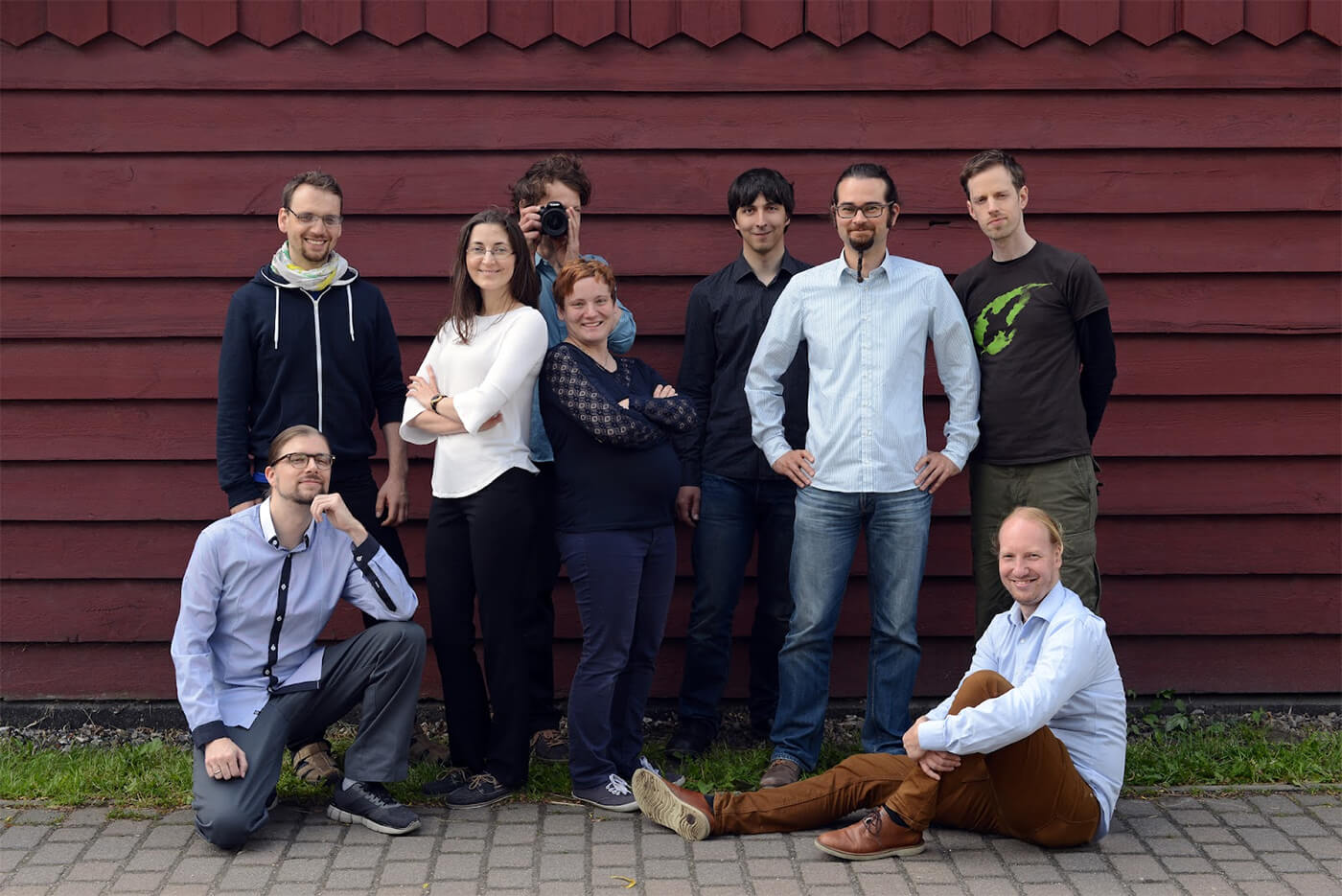
Back to SEO. With external authors writing the texts, I could focus more on researching new topics. Back then, the go-to tool to estimate search volume for keywords was Google AdWords’ Keyword Planner. I simply took my keyword ideas from there and outlined what an article should cover. Then, the authors wrote about it.
The more keywords we covered in texts, the more keywords we ranked for in Google. Then, the second strategy comes into play, which I am still using today. Using the Search Console tool that Google offers publishers, one can check the rankings of specific keywords. Whenever we saw a keyword that we didn’t target yet with many search impressions and a position between 3 and 10 in the search results, we used it in a new post or updated an existing one.
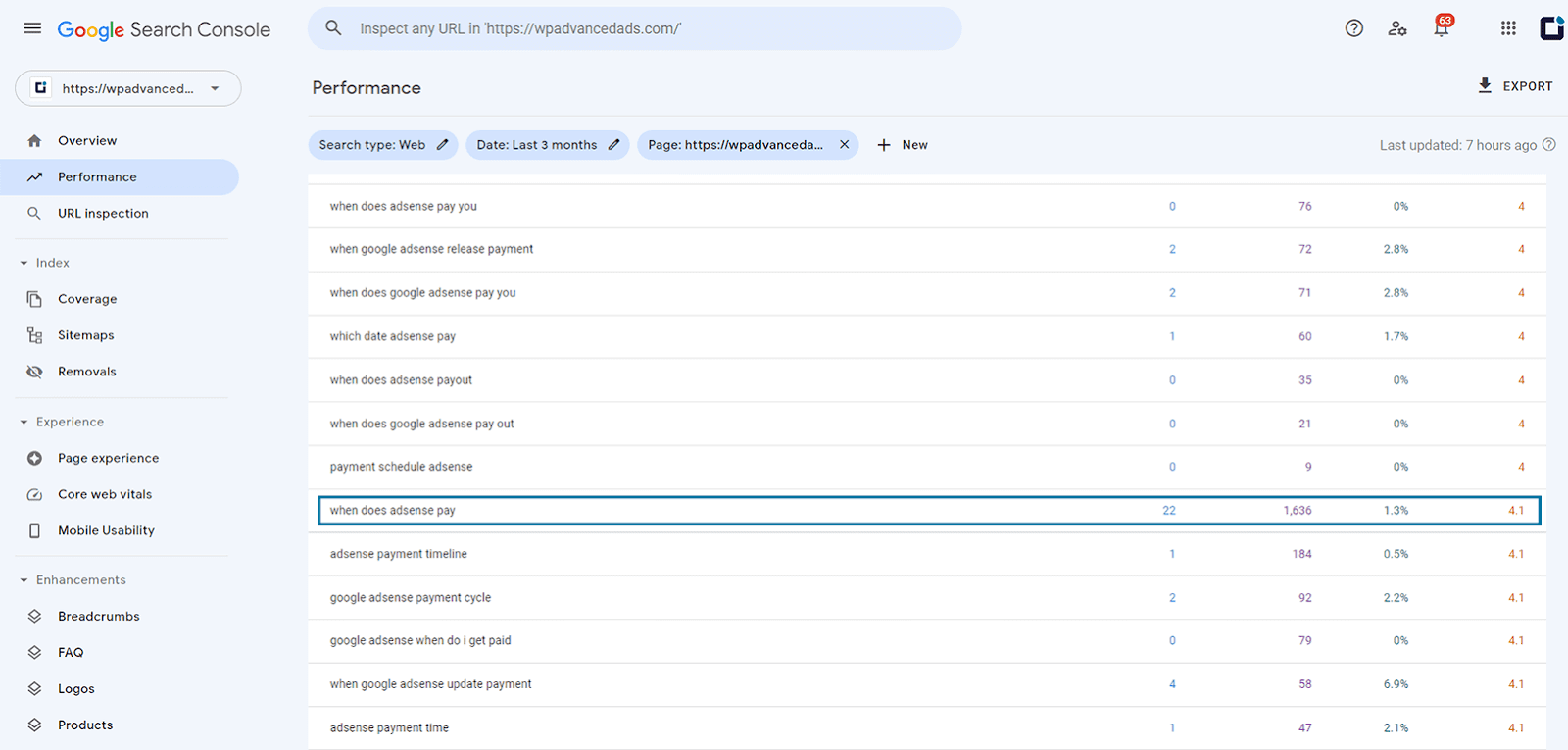
I have tried many SEO tools and have always returned to those mentioned above as the primary strategy.
It probably also helped that I always had a negative gut feeling about blackhat and grey SEO strategies. Avoiding them was perhaps one reason why our traffic never suffered from a Google search engine update in the following years.
“This is how I learned that affiliate marketing needs visitors on edge to purchase a solution”
When did you start monetizing your traffic?
As mentioned above, I started adding one or two AdSense banners when there was already a lot of traffic. Ten years ago, banners still received reasonable click rates – I think it was well above 1%. Neither banner blindness, ad blockers, nor smartphones were a thing that had a negative impact on ad revenue.
So, without much additional work, I had an unexpected side income. I decided to fully invest the money back into new content, better technology, and hiring freelancers smarter than me while making my living working for clients.
Aside from AdSense, how did you monetize your project?
I looked into and tested many ad networks. Many of them aren’t even around anymore. We eventually settled for a combination of three ad networks combining their individual strengths. We had one AdSense banner next to the most important call to action, the German premium network Netzathleten (later called Netletix) for large banners on desktop devices outside the main content frame, and Sulvo, which back then worked great for less popular spaces.
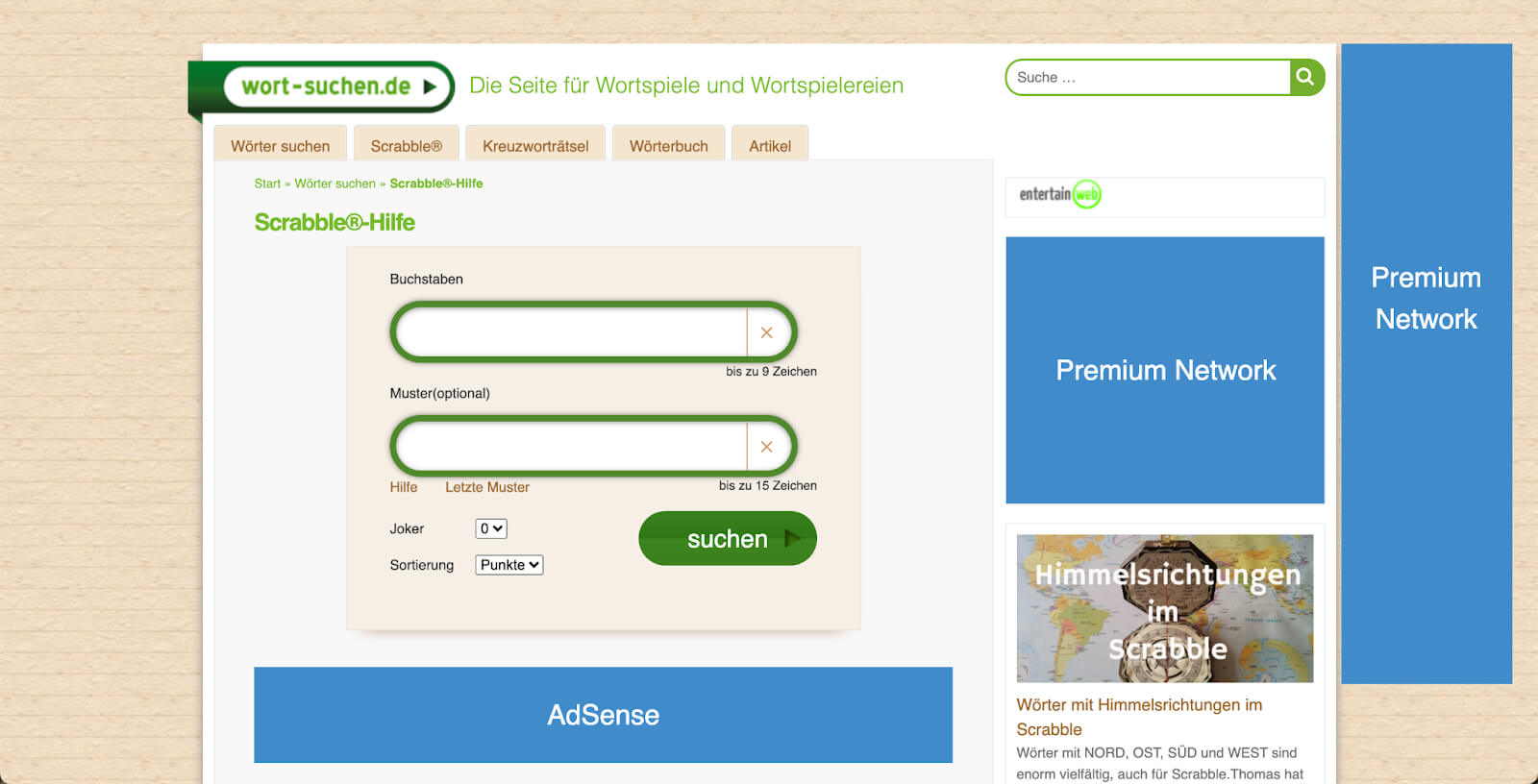
We also tested affiliate promotions, which only worked in specific articles but not on the tool pages. This is how I learned that affiliate marketing needs visitors on edge to purchase a solution. Many hobby-related or news sites don’t have them.
There were also paid content requests over the years, but while they paid well individually, they didn’t match our topic at all, so we rejected such offers eventually.
“Sticky Ads helped us increase revenue by up to 445%”
How did you increase your ad revenue?
I added the first AdSense banners manually into the source code of my custom theme. This was great for static positions, like the sidebar or above or below the content.
When there were more codes, I used Simple Ads Manager, which was popular many years ago but was shut down by now.
In 2013, smartphones became more and more popular, but no ad management plugin delivered ad codes based on the browser width. This feature allowed us to have large premium banners outside of the main content on desktop devices while adding more ads to the content on mobile devices. We only loaded the right banner on the right device, which also helped speed up the loading time.
The custom scripts for A/B testing ad networks helped find the right mix and positions of ad networks used in our setups. There were more fails than wins, but rotating ads on various positions or banners from different ad networks against each other, without any coding, allowed us to run multiple tests per month.
Another early feature was sticky ads on mobile devices. They helped us increase revenue by up to 445%.
All of these early solutions depended on Simple Ads Manager. Eventually, they moved into features in Advanced Ads to allow any non-technical colleague to change ad placements and run tests.
“Ad management, which was previously a three-person job, could now be handled by one non-technical person alone”
You mentioned that you started your website because similar sites didn’t exist. Why did you build an ad management plugin if others existed?
I had the idea to build an ad management solution for some time. I thought it didn’t make sense from a business perspective since that would be even more code to maintain. My ideal solution would have been to hook into other plugins and extend them with our custom features.
Unfortunately, no ad management plugin had any hooks available, the core concept that allows other developers to extend any software without breaking update functionality.
This finally led me to develop Advanced Ads as an interface to manage and test ad codes for non-developers.
Thanks to years of experience as a WordPress backend developer and the existing custom code, the first version went live on our production site after a few days.
Ad management, which was previously a three-person job with me, another developer, and our ad operations manager, could now be handled by one non-technical person alone. The other team members could always review and check the setup through the interface.
“With over 100 hooks, Advanced Ads is the most customizable and developer-friendly ad plugin”
Why did you decide to make Advanced Ads available to others?
Advanced Ads stood out from other ad management plugins by leveraging WordPress standards early on. The UI is close to WordPress itself so that managing ads doesn’t feel different from managing content.
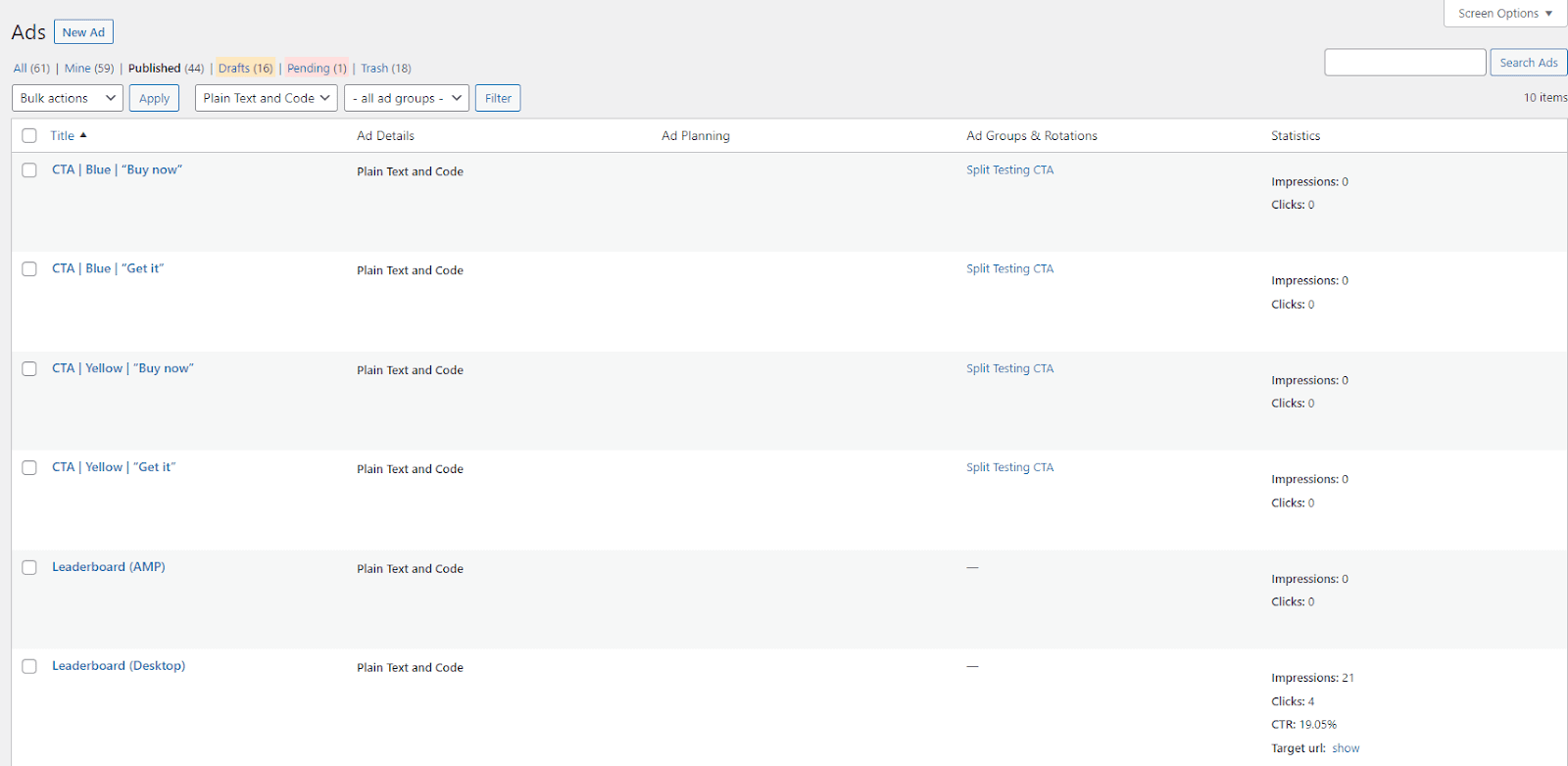
In addition to that, I added hooks early on. Until now, with over 100 hooks, Advanced Ads is the most customizable and developer-friendly ad plugin.
I already had multiple free plugins hosted on wordpress.org, so being happy with Advanced Ads, I uploaded it there, too. It was still the time when I did freelance development work and built a team around my own websites.
The plugin quickly became popular. With a lot of feedback coming in, I decided to treat the project as a business. I moved some of the methods we used to improve our ad revenue, like delivering a different ad experience on smaller devices, sticky ads, and tracking, into premium offers to support future development.

Thanks to a great publishing team around my websites, I made Advanced Ads my main project within the first two years.
“We treat our customers the same way we would like to be treated as customers of other WordPress plugins”
What else makes Advanced Ads special?
In the years I have been involved with website monetization, I have seen many monetization strategies, ad networks, and ad plugins come and go. Does anyone remember Chikita or Flattr?
Being a publisher who started a project from scratch and tried many monetization strategies and plugins gives us a unique position among ad management plugins who began as a client project or because this sounded like a good idea. I know we are the only company with this experience behind us.

Our unique perspective influences our feature list and decisions and the content we cover in our articles. You can find hundreds of tutorials and manuals on our site, most of them with real examples and test data, as well as deep analysis of related technologies like TCF 2.0, Click Fraud, or adblocking.
We don’t need to buy these articles. Some of our team members still run their own side projects, so we can always write about the first-hand experience. Customers also benefit from this when asking for support. More than 1000 five-star reviews also mention the high level of support for a WordPress plugin. We treat our customers the same way we would like to be treated as customers of other WordPress plugins.
You wouldn’t find general grumpiness in our team, and we are continuously reviewing each other to keep up the quality.
Last but not least, I have been involved in the WordPress community since speaking at my first WordCamp in 2012. We keep an ear on what is happening with WordPress and try to think ahead about how updates and feature shifts might impact our users.
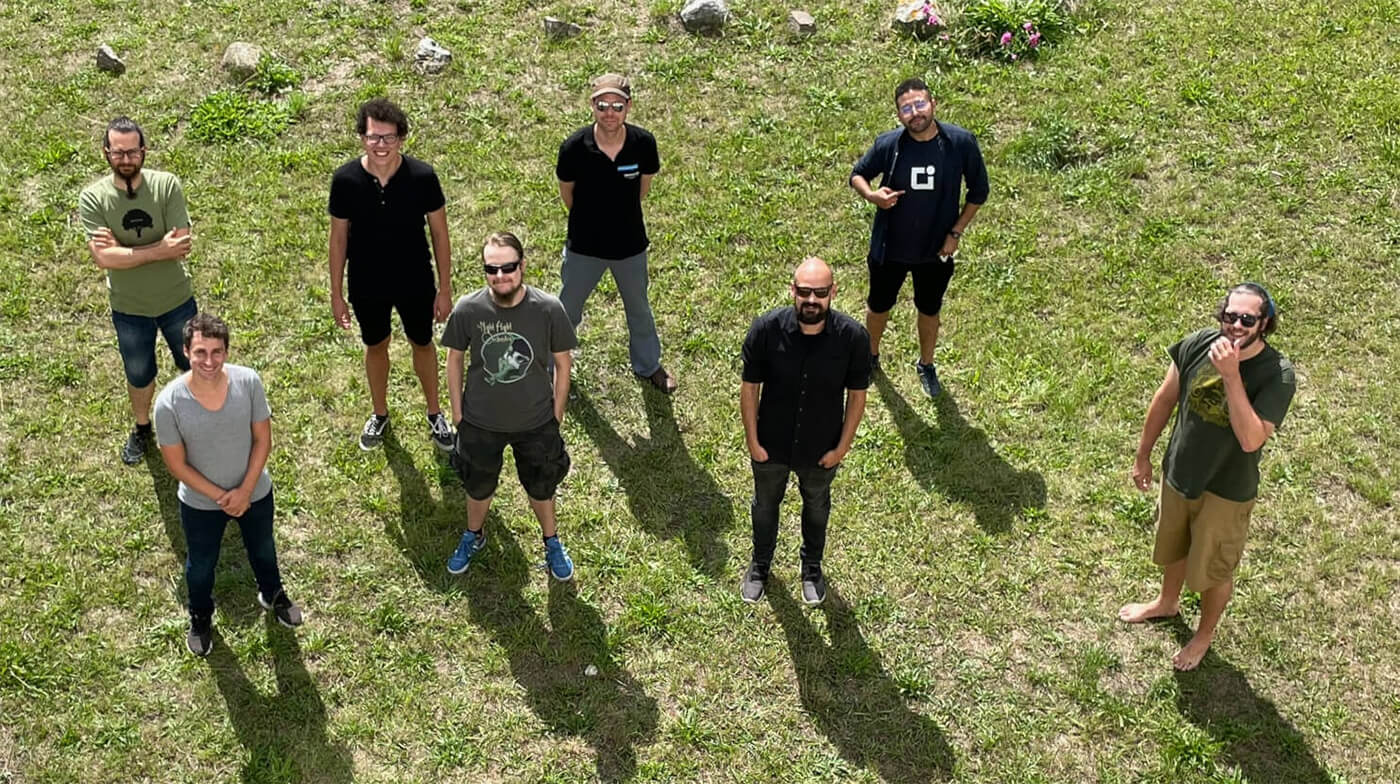
How do you keep up with technical changes and new monetization strategies?
I have a weekly and monthly reading list with various sources, like Google AdSense Announcements. They usually are early in announcing significant changes, while other areas are less well documented.
I have seen many technologies come and go, including the ongoing discussion about cookies. The most significant change that impacted how publishers had to think about monetization was the increase in mobile traffic that kicked of a few years ago.
If a new technology or trend is coming up, we are eager to test it out. Mostly, we share our learnings in an article. They also help start a discussion with users to see whether and how they want to use it.
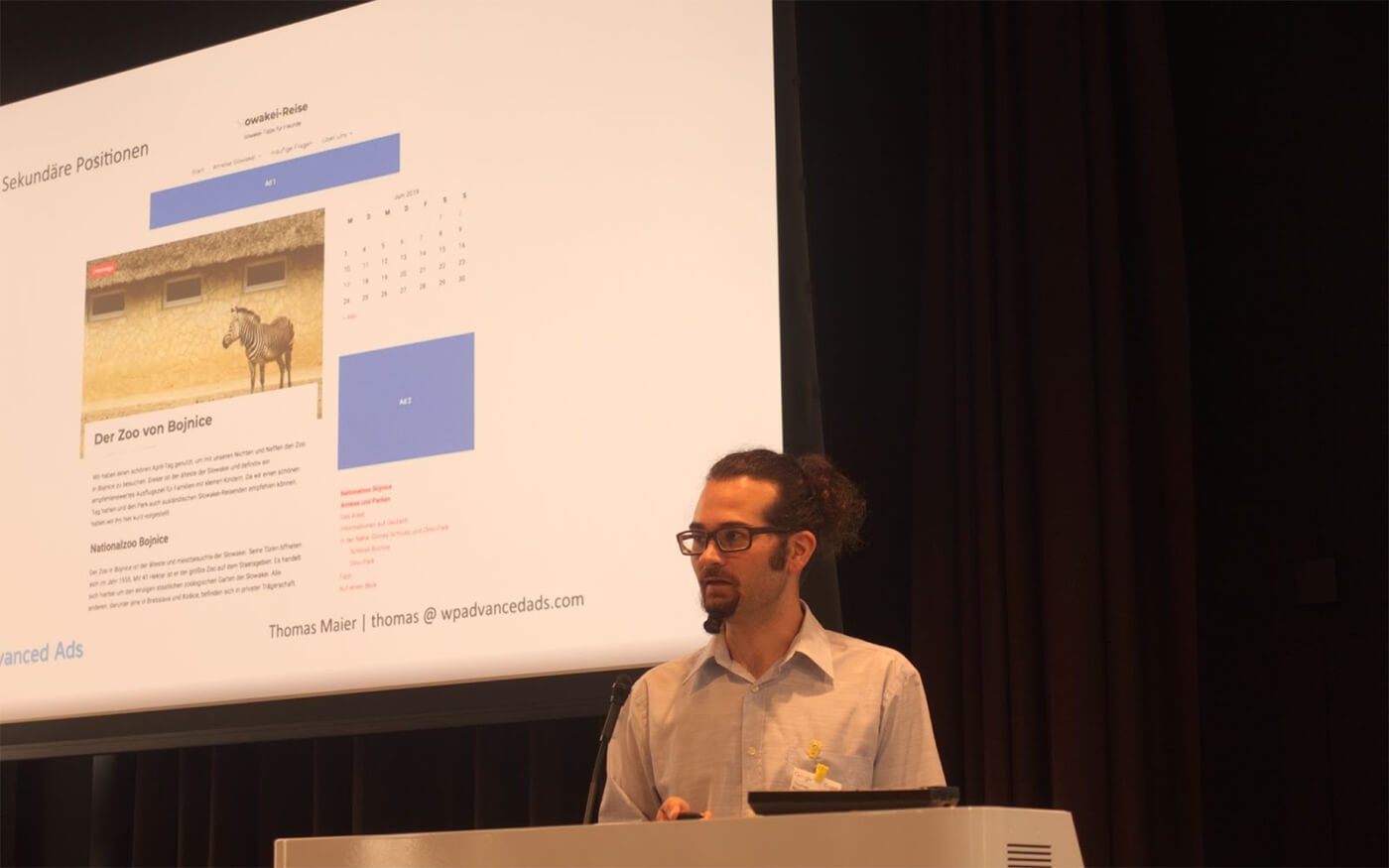
What are your plans for the future?
I focus some of my time on helping the other team members grow and learn. In return, their work frees up my time to think about the big picture.
Recently, I used that time to open a conversation with our clients and learn about how they use Advanced Ads and how it could improve their daily routines. We are about to implement the first features that resulted from these talks and emails.
If you also want to turn your hobby into a business, then get Advanced Ads All-Access now.





